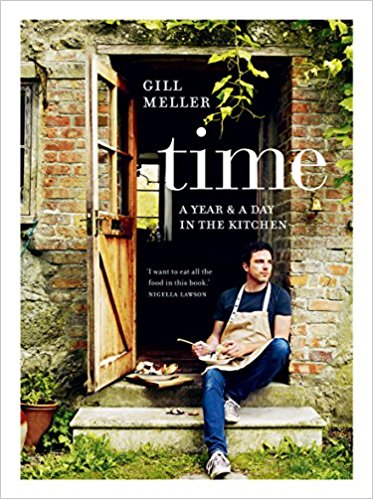There’s no better Christmas present to give a true foodie than a new cookbook. Here’s my selection of a dozen of the best new releases from the last few months that will please the gourmet in your life, whether they are serious hobbyist cooks, professional chefs or just in need of some fresh inspiration for midweek meals.
Big Mamma Cucina Popolare
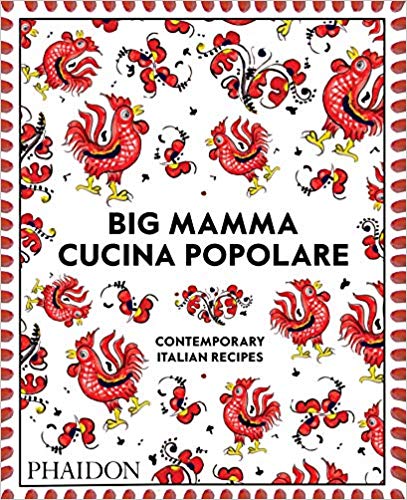
What the publishers say: The hotly anticipated cookbook from the group behind London’s Gloria and Circolo Popolare restaurants. Italian restaurant group Big Mamma burst onto the London food scene earlier this year with the opening of Gloria, the 70’s Capri-style trattoria in the heart of Shoreditch. This little corner of Italy hosted an explosive menu, mixing old Italian classics with ingredients sourced direct from small producers in Italy, plus a few fun twists from Head Chef Filippo La Gattuta. In June, in the wake of the success of their first opening in London, French owners Victor Lugger and Tigrane Seydoux opened Circolo Popolare – a sunny Sicily style trattoria in Fitzrovia, with immediate show-stopping dishes, from giant Pizzas al metro to XXL desserts.
Big Mamma Cucina Popolare: Contemporary Italian Recipes features 130 best recipes from the Big Mamma team. Some delicious, easy-to-prepare, imaginative twists from true classics such as La Gran Carbonara and Tiramisu, to some of the most creative Italian recipes today, including Pizza Nera Con Cozze and Sfoglia Lasagna. The book includes much-loved dishes from Gloria and Circolo Popolare, and some amazing Pizza Yolo, Lob’star Pasta, Ravioli Di Ricotta, Daft Punch and Eat Me Baba One More Time.
Full review coming soon
Buy this book
Big Mamma Cucina Popolare: Contemporary Italian Recipes
Phaidon, £27.95 (phaidon.com)
Cook from this book: coming soon
Marcus Everyday by Marcus Wareing
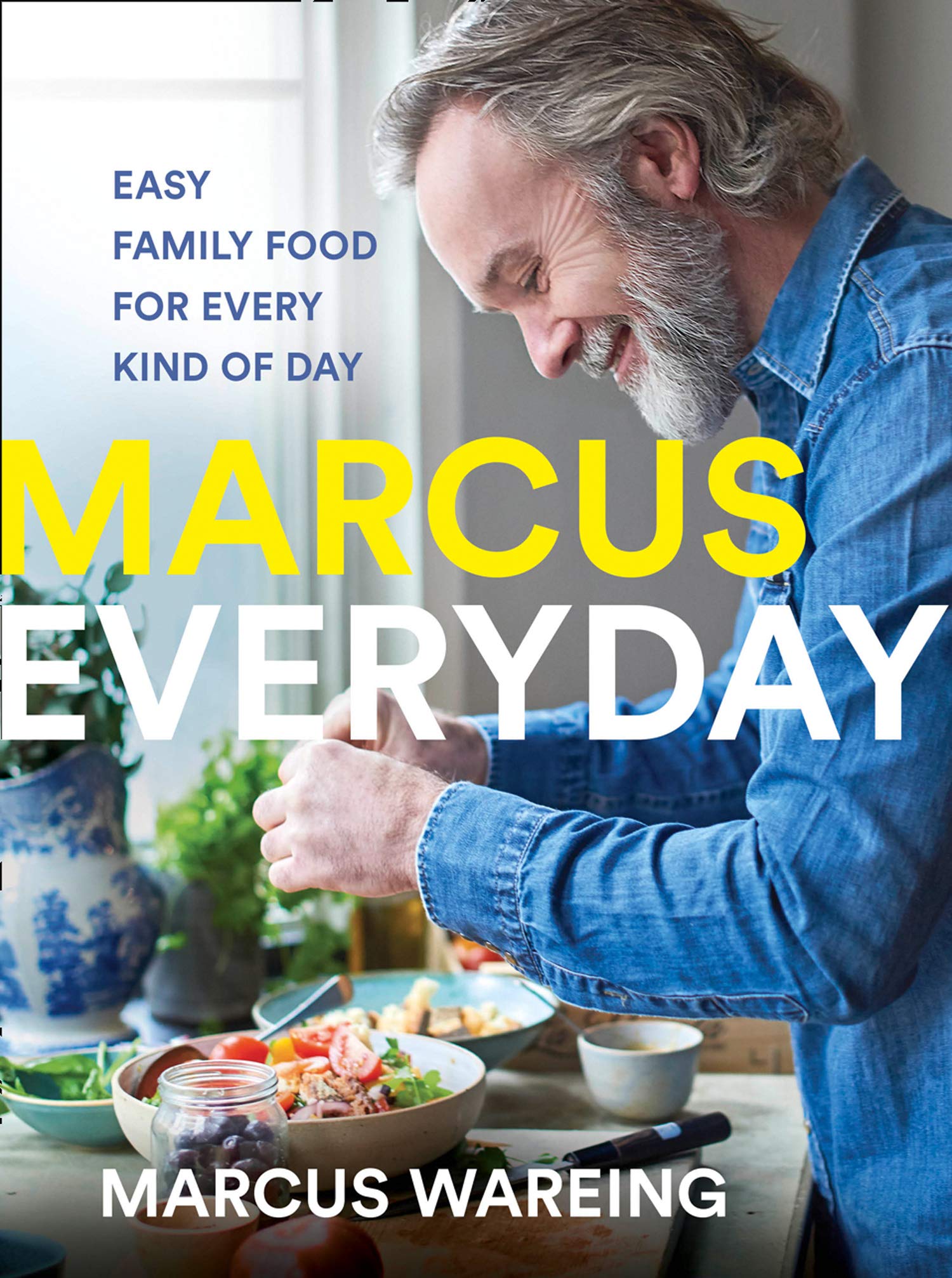
Marcus Wareing has made his name as one of London’s best-known fine-dining chefs and as a stern taskmaster on Masterchef: The Professionals. But in his new book (the sixth he has co-authored with Chantelle Nicholson, Group Operations Director for Marcus Wareing Restaurants), he presents a kinder, gentler Marcus; the family man at home in his East Sussex hideaway Melfort House, gardening and cooking with his kids and grinning for the camera in his casual blue denim shirt. It’s the sort of aspiration lifestyle stuff you’d associate with the likes of Bill Granger or Donna Hay, but Wareing pulls it off. The recipes are very much ‘home cookery’ as Wareing likes to call it; approachable, achievable and not a hint of Michelin-starred hubris. Recipes that may well become regular standbys include hassleback potatoes with red wine and pork ragu; haddock with lentils, basil and mascarpone and beef and garden herb meatballs with roasted tomato sauce.
Read the full review
Cuisine: International
Suitable for: For beginners/confident home cooks
Cookbook Review Rating: Four stars
Buy this book
Marcus Everyday: Easy Family Food for Every Kind of Day
Harper Collins Publishers, £20
Rick Steins Secret France

Restaurateur and seafood expert Rick Stein takes a meandering journey through rural France from Normandy in the north to Provence in the south. In addition to the usual suspects like snails in garlic butter, omelette aux fines herbes, croque monsieur and steak frites, Stein has gone off the beaten track and unearthed pounti, a ham and chard terrine from the Auvergne; wild boar stew with pinot noir from Alsace, and boles de picolat, meatballs flavoured with cinnamon and piment d’Espelette from Prades in the Pyrenees. Fans of Rick Stein will not be disappointed. If you are new to the food of France this is a great introduction, and if you are a Francophile, you will enjoy revisiting old favourites and discovering new dishes to add to your repertoire.
Read the full review
Cuisine: French
Suitable for: Confident home cooks/professional chefs
Cookbook Review Rating: Five stars
Buy this book
Rick Stein’s Secret France
BBC Books, £26
Black Axe Mangal by Lee Tiernan

Lee Tiernan runs the cult north London restaurant Black Axe Mangal and this is his first book. His pizza oven is emblazoned with the faces of the rock group Kiss and the flavours of dishes like pig’s tails with pickled chicory; braised hare, chocolate and pig’s blood with mash; oxtail, bone marrow and anchovy and the signature squid ink flatbread with smoked cod’s roe are turned up to 11.
The liberal seasoning of salty language and peppering of softcore glamour shots may be off-putting to some, but the step by step instructions on the key skills of grilling, smoking and baking that help define Tiernan’s food, along with the story behind his success, provide an insight into one of the UK’s most exciting and original chefs and make Black Axe Mangal an essential purchase.
Read the full review
Cuisine: Modern British
Suitable for: Confident home cooks/professional chefs
Cookbook Review Rating: Five stars
Buy this book
Black Axe Mangal
Phaidon, £24.95
Cook from this book
Vietnamese Scrambled Eggs With Sesame Bread
Pressed Octopus And Szechuan Vinaigrette
Crispy Fuckin’ Rabbit
The Quality Chop House
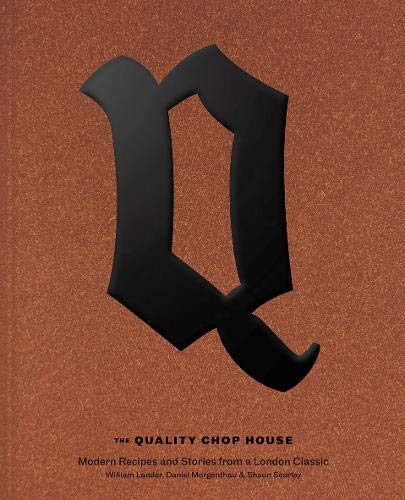
Recipes and stories from a landmark London restaurant that’s been trading in one form or other since 1869. You get a very real sense of what the Quality Chop House is all about. If you are already a regular, it will make you want to go back immediately and if you’ve never been you’ll be desperate for a table. Keen cooks willing to invest time and some money to create restaurant-quality dishes like mince on dripping toast; pastrami cured salmon; corn and marmite butter; truffled potato croquettes, and the signature confit potatoes at home will absolutely devour this book.
Read the full review
Cuisine: British
Suitable for: Confident home cooks/professional chefs
Cookbook Review Rating: Five stars
Buy this book
The Quality Chop House: Modern Recipes and Stories from a London Classic
£30, Hardie Grant
(Head to the restaurant’s website for a signed copy wrapped in their own branded butcher’s paper)
Cook from this book
Confit potatoes
The Official Downton Abbey Cookbook by Annie Gray

The acclaimed historian, cook and broadcaster Annie Gray takes the fictional Downtown Abbey as a jumping-off point to chart the history of British country house cooking in a series of short articles and recipes including Palestine soup; cabbage as they served it in Budapest; mutton with caper sauce; the queen of trifles; beef stew with dumplings; treacle tart; rice pudding. Downtown fans will love it, but it’s such a sumptuously produced book with lovely food photography by John Kernick that it will appeal to anyone with an interest in British food and its history.
Read the full review
Cuisine: British
Suitable for: Confident home cooks
Cookbook Review Rating: Four stars
Buy this book
The Official Downton Abbey Cookbook
White Lion Publishing, £25
Signature Dishes That Matter by Christine Muhlke et al
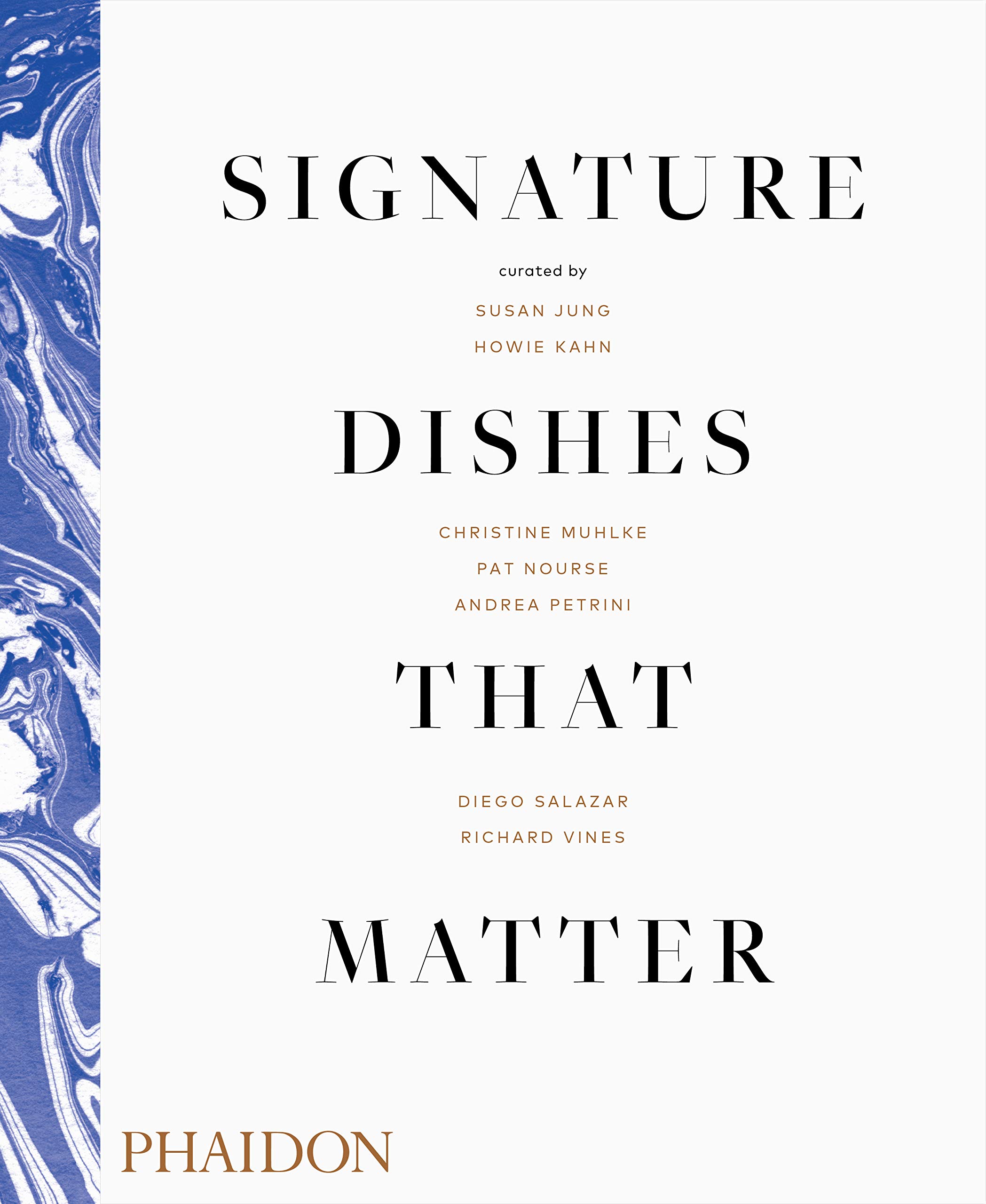
A collection of 240 restaurant dishes that spans six centuries from the first-ever gelato created in 1686 by Procopio Cutò at Le Procope in Paris to Tomos Parry’s whole turbot, first-served at his London restaurant Brat in 2018. It is a fascinating read and an invaluable resource for anyone who wants to learn more about the history of world cuisine. It’s perfect for bedtime reading and could provide inspiration for a spectacular retro-themed dinner party.
Read the full review
Cuisine: International
Suitable for: Confident home cooks/professional chefs
Cookbook Review Rating: Four stars
Buy this book
Signature Dishes That Matter
Phaidon, £35
Dishoom by Shamil Thakrar, Kavi Thakrar and Naved Nasir
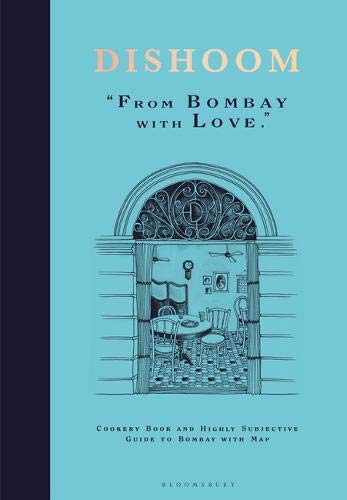
The cookbook of the eight-strong Dishoom all-day dining Indian restaurant group inspired by the Persian-style Irani cafes of Mumbai. There’s recipes for mid-morning snacks like keema puffs, lunch dishes including aloo sabzi (vegetable curry served with bedmi puri bread), afternoon refreshments such as salted laksi, ‘sunset snacks’ pau bhaji, a spicy vegetable mash served with toasted Bombay bread buns and dinner dishes such as soft shell crab masala, lamb biryani and spicy lamb chops. Besides the delicious recipes, the book looks beautiful, is a great read and gives you more than enough detail about Mumbai to plan a truly sybaritic holiday there.
Read the full review
Cuisine: Indian
Suitable for: Confident home cooks
Cookbook Review Rating: Four stars
Buy this book
Dishoom: The first ever cookbook from the much-loved Indian restaurant: From Bombay with Love
Bloomsbury Publishing, £26.
The Book of St John by Fergus Henderson and Trevor Gulliver

The long-awaited follow up to 2007’s Beyond Nose to Tail from one of the UK’s most distinguished and influential chefs Fergus Henderson and his business partner Trevor Gulliver. The publication coincides with the 25th anniversary of the opening of St John restaurant near Smithfield market in London, world-famous for dishes such as roast bone marrow with parsley salad that celebrate offal. Adding The Book of St John will bring something distinctive to your cookbook collection and might well expand your culinary horizons with dishes such as crispy lamb’s brains; pig’s tongues, butter beans and green sauce; chicken, bacon and trotter pie and Eccles cake and Lancashire cheese.
Read the full review
Cuisine: British
Suitable for: Confident home cooks/professional chefs
Cookbook Review Rating: Four stars
Buy this book
The Book of St John: Over 100 Brand New Recipes from London’s Iconic Restaurant
Cook from this book
Welsh Rarebit
Grilled lamb hearts, peas and mint
Salted caramel and chocolate tart
The Food of Sichuan by Fuchsia Dunlop
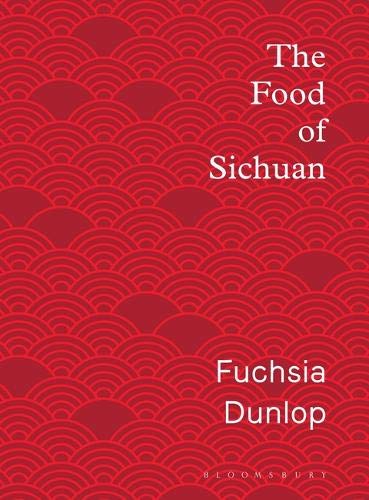
The Food of Sichuan is a revised and updated edition of Sichuan Cookery, originally published in 2001. It’s an authoritative and comprehensive investigation of the styles, techniques and ingredients of a lesser-known regional Chinese cuisine with over 100 recipes, 50 of them new to the revised edition including bowl steamed belly pork with preserved vegetables; fragrant and crispy duck, and pot-sticker dumplings with chicken stock. The quality of the writing, the depth and breadth of the research and the sheer reassuring heft of the thing tell you this is the only book on Sichuan cooking you’ll ever need.
Read the full review
Cuisine: Chinese
Suitable for: Confident home cooks/professional chefs
Cookbook Review Rating: Five stars
Buy this book
The Food of Sichuan
£30, Bloomsbury
Cook House by Anna Hedworth

If you’ve ever dreamed about making a career in food, self-taught chef and restaurateur Anna Hedworth’s story of how she opened a restaurant in a shopping container in Newcastle upon Tyne will provide you with the information and inspiration to take the leap. If you want to try out techniques like cooking over open-fire and preserving and fermenting for the first time, this book will be of particular interest. But even if you just want to add a few more delicious go-to recipes to your repertoire such as red pepper, paprika and rosemary soup with sourdough croutons; chicken, courgette and pea salad with aioli and sourdough crumb or dark chocolate and almond cake, Cook House is well worth adding to your collection.
Read the full review
Cuisine: British
Suitable for: Confident home cooks
Cookbook Review Rating: Four stars
Buy this book
Cook House
£25, Head of Zeus
The Shore by Bruce Rennie

A collection of highly inventive and original seafood dishes from one of the best seafood restaurants in the country, The Shore in Penzance. Chef Bruce Rennie worked with Michelin starred Edinburgh-based chef Martin Wishart as well as Gary Rhodes and Rick Stein before opening The Shore in 2015. An extended introductory chapter covers Rennie’s own story, his relationship with the land and Cornwall and running the restaurant. Recipes are arranged into six, eight-course tasting menus which reflect Rennie’s love of Japanese and Indian flavours in dishes such as mackerel, sashimi style, sesame, beetroot and wasabi sorbet and cod with dal, cauliflower, lime pickle, onion bhaji and coriander.
Read my foreword to the book
Cuisine: Seafood
Suitable for: Dedicated home cooks/professional chefs
Buy this book
The Shore
£25, A Way with Media





















